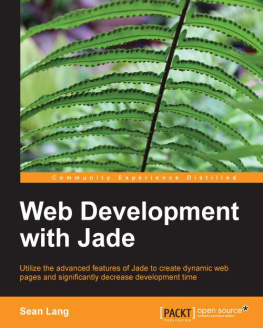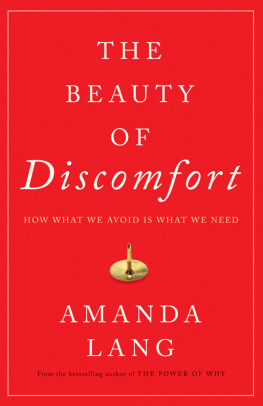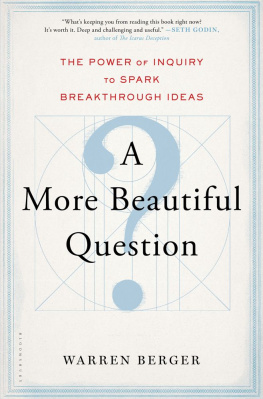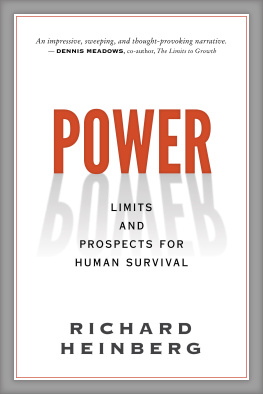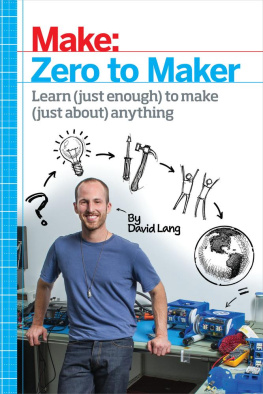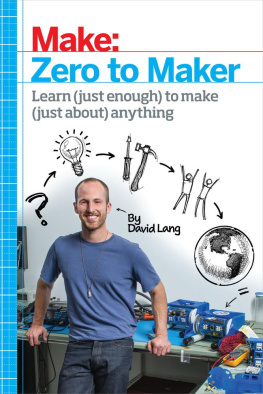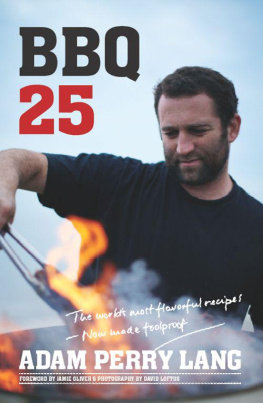S tanding in the cavernous home workshop hed built with his own hands, Steve Gass took a deep breath and steeled himself to do the unthinkable: turn on his table saw and try to touch the whirring blade, to see whether it chopped off his finger. If the safety mechanism hed toiled over for months actually worked, his finger would be just fine. If not, well Gass, who is right-handed, had decided hed use the ring finger of his left hand. Just in case.
Gass, who lives in Portland, Oregon, believed in the new and improved table saw hed devised, which was outfitted with a sensor that could, theoretically anyway, detect human flesh and, in a few thousandths of a second, automatically stop the blade. He was so sure it was a game-changing innovation that hed given up his lucrative patent law practice to focus on building a prototype. And the prototype worked on hot dogs; he knew that already, having held many a sausage up against the blade, which stopped pretty much instantly, leaving only a minor nick. So the blade should stop when it sensed a finger coming, too. Yet
There he stood, willing his brain to forget that the blade was moving 100 miles an hour or more, so much faster than humans can react that oftentimes, you cut through three fingers before you even flinch. People just misplace their hand on a piece of a wood and wind up feeding their fingers through the blade, says Gass, a lean, fit man who doesnt have a lot of hair left and wasnt eager to part with a digit, too. His heart was beating crazily and the muscles in his left arm were cramping from the tension. Every fibre of your being says this is not something you should be doing.
It was a lesson hed learned the hard way at the age of four, when, fooling with his fathers tools, hed managed to lop off a chunk of his thumb. While he recalls with great clarity the details leading up to the accidenthis small hand pretending to work a joiner the way his dad did, holding the switch halfway on to allow it to movehis brain has mercifully blocked out what followed, fast-forwarding past the tears, the blood and the trip to the emergency room for stitches while his parents thanked God it hadnt been worse. But even though he couldnt remember all those bits, they were surely lurking somewhere in the recesses of his memory, triggering some primal, and frankly quite rational, fears at this particular moment.
However, he still needed to prove that his innovation actually worked. He knew that when SawStop, as hed named his safe table saw, was unveiled for the first time at a trade show, people would watch the hot dog demonstration politely, then ask, But how do you know it will stop for a finger?
Good question. And for someone like Gass, a question is like an itch. He cant ignore it or will it away. If he tries not to think about it, it only intrudes more insistently; relief comes only when he finds an answer. His journey to this moment, in fact, started with a question. About six months earlier, puttering around in his workshop, hed happened to glance over at his table saw and a question popped into his head: Hey, I wonder if theres a way to stop the blade fast enough to prevent injury? He wasnt looking to quit his job or make money, he was just curious, intellectually, and in the habit of following his curiosity where it led him. Hed always been like that. As a kid, hed been keen on taking things apart to see how they worked, and by doing that, had learned to fix just about anything (his parents had pretty much insisted on the fixing part).
And so it was no surprise to anyone who knew him when, in the spring of 2000, after a few unpleasant minutes of hesitation standing in front of the SawStop and several false starts, Steve Gass jabbed his finger right into the teeth of the whirling saw blade. He didnt feel he had a choice. After all, he had a question and needed to find the answer. For Gass, curiosity is what gives him purpose.
INNOVATION IS SIMPLER THAN YOU THINK
In industries where fast-paced change is the norm, innovation has become the holy grail. Companies that are scrambling to stay relevant hold blue sky brainstorming sessions and bring in wildly expensive consultants and stick beanbag chairs in the boardroom because someone read somewhere that thats how they do things in Silicon Valley.
One of the reasons theres such a big focus on window dressing and expert intervention is that many people believe innovation is hugely difficult. In fact, a lot of people believe that the ability to innovate and create something new is one youre born withand if not, tough luck, youll never be able to do it. According to a recent survey conducted by the European Centre for Strategic Innovation, 68% of business leaders firmly believe that great innovators are born and cannot be made.
However, scientists have shown that the exact opposite is true. For instance, a landmark study of identical twins who were separated at birth found that although 80 percent of the variation on IQ tests is attributable to genetics, only 30 percent of performance on creativity tests can be explained that way. In other words, 70 percent of creativity is related to environment, which means that its entirely possible for just about anyone to learn to think more innovatively.
Now, this doesnt mean that everyone has an equal shot at being the next Steve Jobs. Most social scientists differentiate between two distinct types of creativity: big Cthe kind of inventive genius that Jobs, Mozart and da Vinci hadand small c, the more common variety of innovative creativity that a session musician or a good surgeon or, for that matter, Steve Gass might have. Small-c creativity is the 70 percent sort thats not genetic and depends more heavily on environment, attitude, mindset and exposure to enrichment rather than on one-in-a-million ability. Recently, some researchers have suggested a third variety: mini c, the kind that people demonstrate when theyre concocting a recipe or solving a math problem.
Creativity doesnt necessarily mean youll be innovative. Innovation is all about improvement, changes that make things better; a politician whose main gift is fabricating lies is creative but not innovative. But, generally, the ability to think creatively is necessary for innovation, and heres the good news: while its nice to have big-C genius or even small-c expertise, the truth is that innovation really only requires mini-c aptitude.
Innovation is not, as many people believe, synonymous with invention and therefore out of the reach of the average person. Its simpler than you might think. You dont have to create something mind-blowing and entirely new, like the automobile or the Internet. Often, innovation simply means making incremental improvements to something that already exists, like a table saw. And frequently thats accomplished by borrowing and adapting an idea or approach or technology from another field altogether; Steve Gass, for instance, adapted the flesh-detecting sensor used on touch screens and installed it on his saw to serve a different purpose. Old plus old does, sometimes, equal new.
Other times, the idea behind an innovation is so basic that its hard to imagine it never occurred to anyone before. It looks less like innovation than it does common sense. Consider this one: reward loyalty. Simple concept, yet it was a big innovation when airlines introduced frequent flyer miles. It changed the way a lot of people travel.





